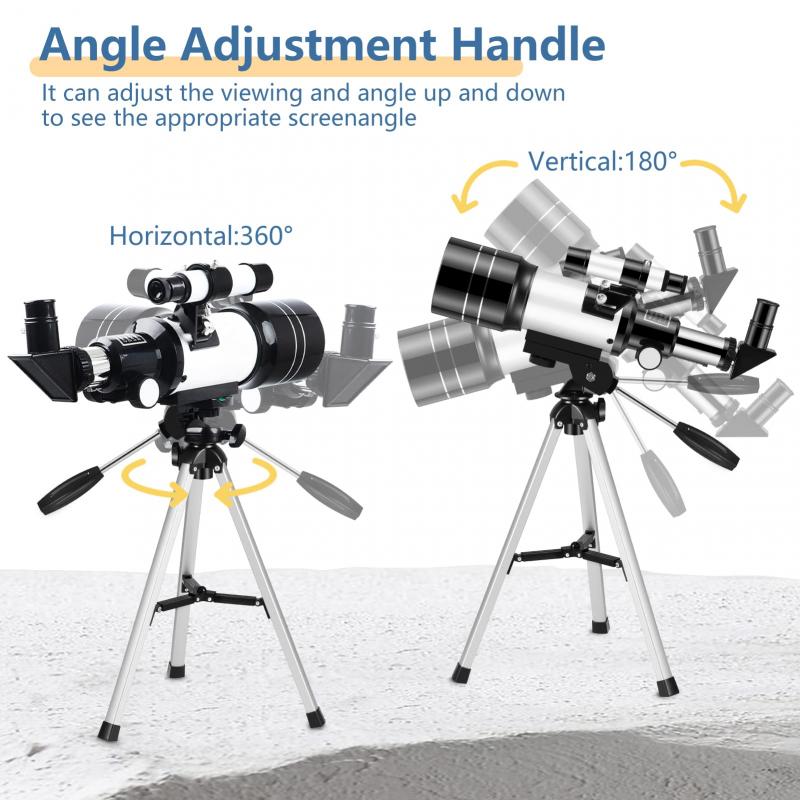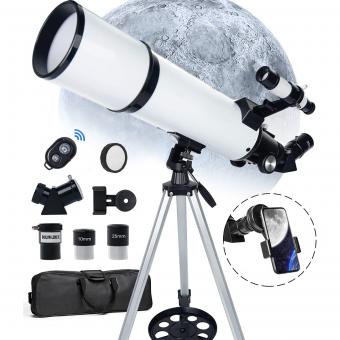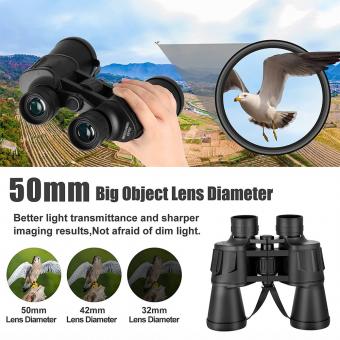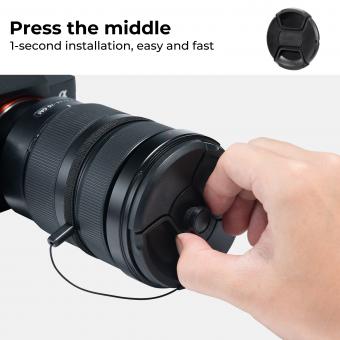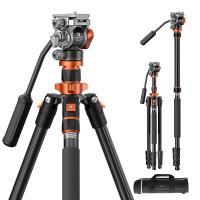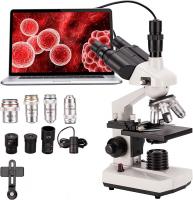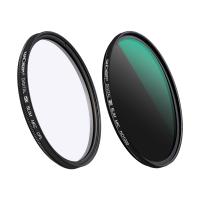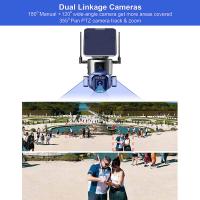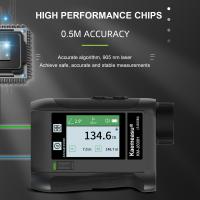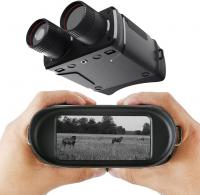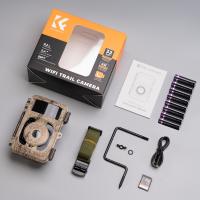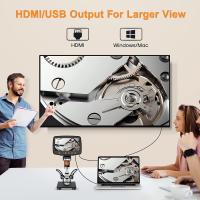What Is A Good Telescope To Buy ?
There are several good telescopes available on the market, depending on your needs and budget. Some popular options for beginners include the Celestron PowerSeeker 127EQ, Orion SkyQuest XT8, and Meade Instruments Infinity 102mm AZ. These telescopes offer decent aperture and magnification for observing celestial objects. For more advanced users, the Celestron NexStar 8SE and Orion SkyQuest XX12i are highly regarded for their performance and features. It is important to consider factors such as the type of telescope (refractor, reflector, or compound), aperture size, mount type, and portability when making a decision. Additionally, reading reviews and seeking advice from experienced astronomers can help you make an informed choice.
1、 Refractor telescopes: Ideal for beginners, offer clear views of celestial objects.
Refractor telescopes are an excellent choice for beginners as they offer clear views of celestial objects. These telescopes use lenses to gather and focus light, providing sharp and detailed images. They are relatively easy to use and require minimal maintenance, making them a popular option for amateur astronomers.
When considering which refractor telescope to buy, there are a few factors to consider. Firstly, aperture size plays a crucial role in determining the telescope's light-gathering ability. A larger aperture allows for more light to enter the telescope, resulting in brighter and more detailed views. However, larger apertures also mean larger and more expensive telescopes, so it's important to find a balance that suits your needs and budget.
Another important consideration is the telescope's focal length. A longer focal length will provide higher magnification, allowing for closer views of celestial objects. However, it's worth noting that higher magnification doesn't always mean better views, as atmospheric conditions can affect image quality. Therefore, it's important to consider the typical viewing conditions in your area before deciding on a focal length.
Some popular refractor telescopes for beginners include the Celestron PowerSeeker 70EQ and the Orion Observer II 70mm. These telescopes offer a good balance of aperture size, focal length, and affordability. Additionally, they often come with accessories such as eyepieces, finderscopes, and tripods, making them a convenient choice for beginners.
It's also worth mentioning that technology is constantly evolving, and new telescopes are being introduced regularly. Therefore, it's a good idea to stay updated with the latest reviews and recommendations from reputable sources before making a purchase.
In conclusion, refractor telescopes are an ideal choice for beginners due to their clear views of celestial objects. When buying a refractor telescope, consider factors such as aperture size, focal length, and affordability. Popular options for beginners include the Celestron PowerSeeker 70EQ and the Orion Observer II 70mm. However, it's always a good idea to stay informed about the latest advancements in telescope technology before making a final decision.
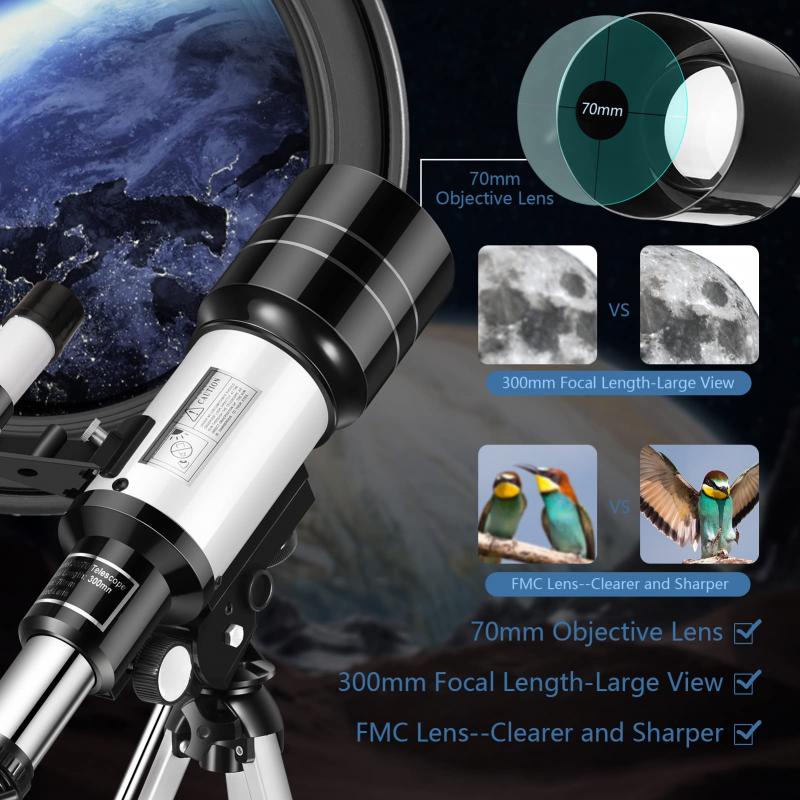
2、 Reflecting telescopes: Great for observing faint objects, larger aperture.
A good telescope to buy depends on your specific needs and preferences as an observer. However, reflecting telescopes are often recommended for their ability to observe faint objects and their larger aperture.
Reflecting telescopes use mirrors to gather and focus light, allowing for a larger aperture compared to refracting telescopes. This larger aperture enables more light to enter the telescope, resulting in brighter and clearer images. It also allows for better observation of faint objects such as distant galaxies, nebulae, and star clusters.
One popular type of reflecting telescope is the Newtonian reflector, which uses a concave primary mirror and a flat secondary mirror to reflect light back to the eyepiece. These telescopes are known for their affordability and versatility, making them a great choice for beginners and intermediate observers.
Another type of reflecting telescope is the Cassegrain telescope, which uses a combination of mirrors to fold the light path, resulting in a more compact design. Cassegrain telescopes are known for their high magnification capabilities and are often favored by astrophotographers.
When considering a reflecting telescope, it is important to consider factors such as the size and weight of the telescope, the quality of the optics, and the stability of the mount. Additionally, advancements in technology have led to the development of computerized or GoTo telescopes, which can automatically locate and track celestial objects.
It is always recommended to do thorough research and read reviews before making a purchase. Consulting with experienced astronomers or visiting a local astronomy club can also provide valuable insights and recommendations based on the latest advancements in telescope technology.
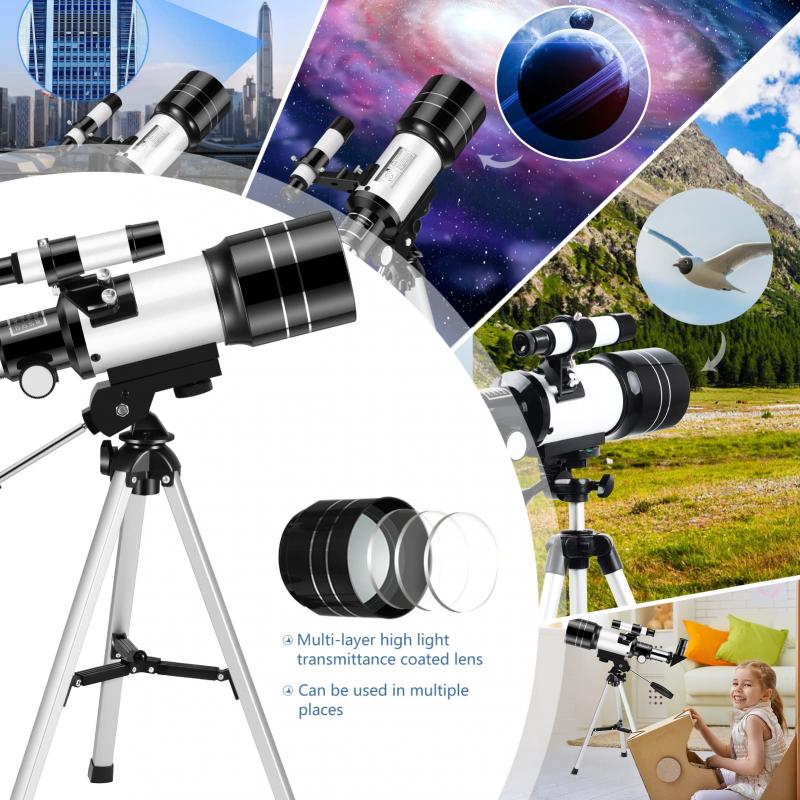
3、 Cassegrain telescopes: Compact design, suitable for astrophotography.
A good telescope to buy depends on your specific needs and preferences. However, one type of telescope that is often recommended is the Cassegrain telescope. Cassegrain telescopes are known for their compact design and versatility, making them suitable for various types of astronomical observations, including astrophotography.
The Cassegrain design incorporates a combination of mirrors and lenses to fold the light path, resulting in a more compact and portable telescope compared to other designs. This makes it easier to transport and set up, which is particularly beneficial for those who want to take their telescope to different locations for stargazing or astrophotography purposes.
One of the key advantages of Cassegrain telescopes is their suitability for astrophotography. The design allows for longer focal lengths, which means you can achieve higher magnification and capture more detailed images of celestial objects. Additionally, Cassegrain telescopes often have a secondary mirror that can be adjusted to direct light to a camera or other imaging devices, making them ideal for capturing stunning photographs of the night sky.
It's worth noting that the latest advancements in technology have made Cassegrain telescopes even more appealing for astrophotography. Many models now come with advanced features such as computerized mounts, built-in cameras, and image processing capabilities. These features can greatly enhance the astrophotography experience, allowing you to capture breathtaking images of galaxies, nebulae, and other celestial objects with ease.
Ultimately, the best telescope for you will depend on your budget, observing goals, and level of expertise. It's always recommended to do thorough research, read reviews, and consult with experienced astronomers or astrophotographers before making a purchase.
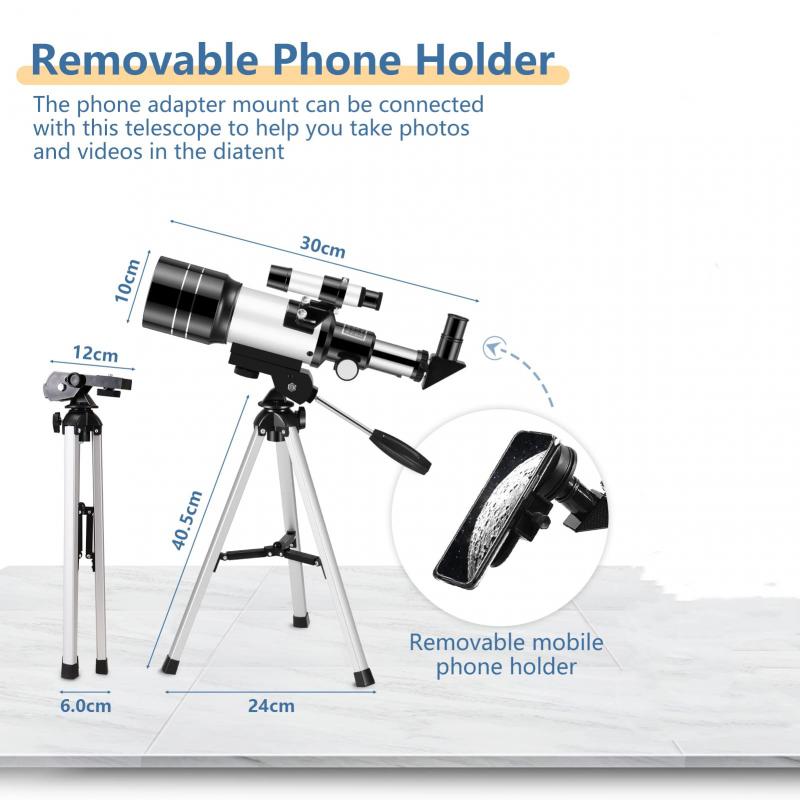
4、 Dobsonian telescopes: Large aperture, excellent for deep-sky observations.
Dobsonian telescopes are indeed a good option to consider when looking for a telescope to buy, especially if you are interested in deep-sky observations. These telescopes are known for their large aperture, which allows for better light-gathering capabilities and thus provides clearer and more detailed views of celestial objects.
The primary advantage of Dobsonian telescopes is their simplicity and ease of use. They consist of a large, sturdy mount that allows for smooth and stable movement, making them ideal for beginners and amateur astronomers. Additionally, their relatively low cost compared to other types of telescopes with similar aperture sizes makes them an attractive choice for those on a budget.
In terms of deep-sky observations, Dobsonian telescopes excel at capturing faint and distant objects such as galaxies, nebulae, and star clusters. Their large aperture enables them to gather more light, resulting in brighter and more detailed views of these celestial wonders. This makes them particularly suitable for stargazers interested in exploring the wonders of the universe beyond our solar system.
It is worth noting that while Dobsonian telescopes are excellent for deep-sky observations, they may not be the best choice for planetary observations. Other types of telescopes, such as refractors or compound telescopes, may offer better image quality and higher magnification for observing planets and the moon.
In conclusion, if you are primarily interested in deep-sky observations and want a telescope that offers a large aperture at an affordable price, a Dobsonian telescope is a good option to consider. However, it is always recommended to do further research and consider your specific needs and budget before making a final decision.
